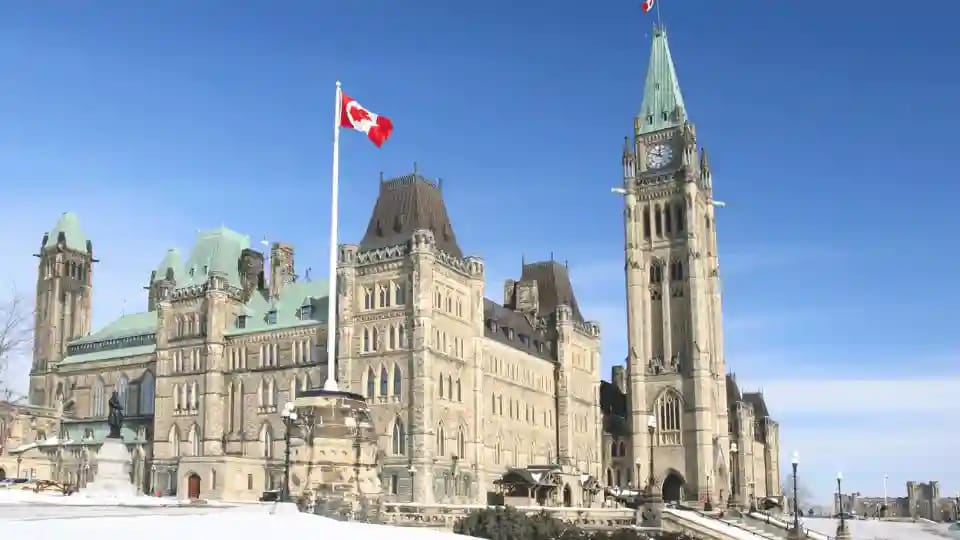Canada and Australia Tighten Foreign Worker and Student Visas Amid Housing and Job Market Pressures
A recent discussion featuring immigration expert Varun Singh sheds light on the policy shifts in Canada and Australia, two of the most popular destinations for international students and foreign workers. Both governments have introduced significant visa restrictions to balance economic growth with the rising strain on public infrastructure.
In Canada, Prime Minister Justin Trudeau’s administration has decided to reduce the number of temporary foreign workers, particularly in low-wage sectors. This move comes amid growing concerns over housing shortages, public service strain, and rapid population growth.
Meanwhile, Australia has announced a cap on international student intake, limiting it to 270,000 per year, alongside higher visa fees and stricter renewal criteria. These measures are aimed at controlling the influx of overseas applicants and ensuring better support for those already in the country.
Varun Singh explains that these changes are part of a global chain reaction, driven by economic realities and labor market pressures. He emphasizes that governments are increasingly focusing on sustainable immigration models, ensuring that newcomers can secure employment and housing without distress.
Watch the Video
Key Insights
- Canada will reduce temporary foreign worker numbers, especially in low-wage sectors, to relieve housing and service pressures.
- Australia has capped student visa intake at 270,000 per year, alongside increased visa fees and tightened renewal rules.
- Both countries have doubled financial proof requirements to ensure applicants can sustain living costs.
- The policy changes are part of a chain reaction linked to population growth, job market limitations, and rising living costs.
- These adjustments may redirect international talent toward alternative destinations such as the U.K., New Zealand, and the U.S.
Expert Analysis
According to XIPHIAS Immigration experts:
“While these new restrictions may seem harsh, they reflect a broader shift toward sustainable immigration. Students and workers must plan carefully, meet higher financial requirements, and explore alternative destinations if necessary.”



